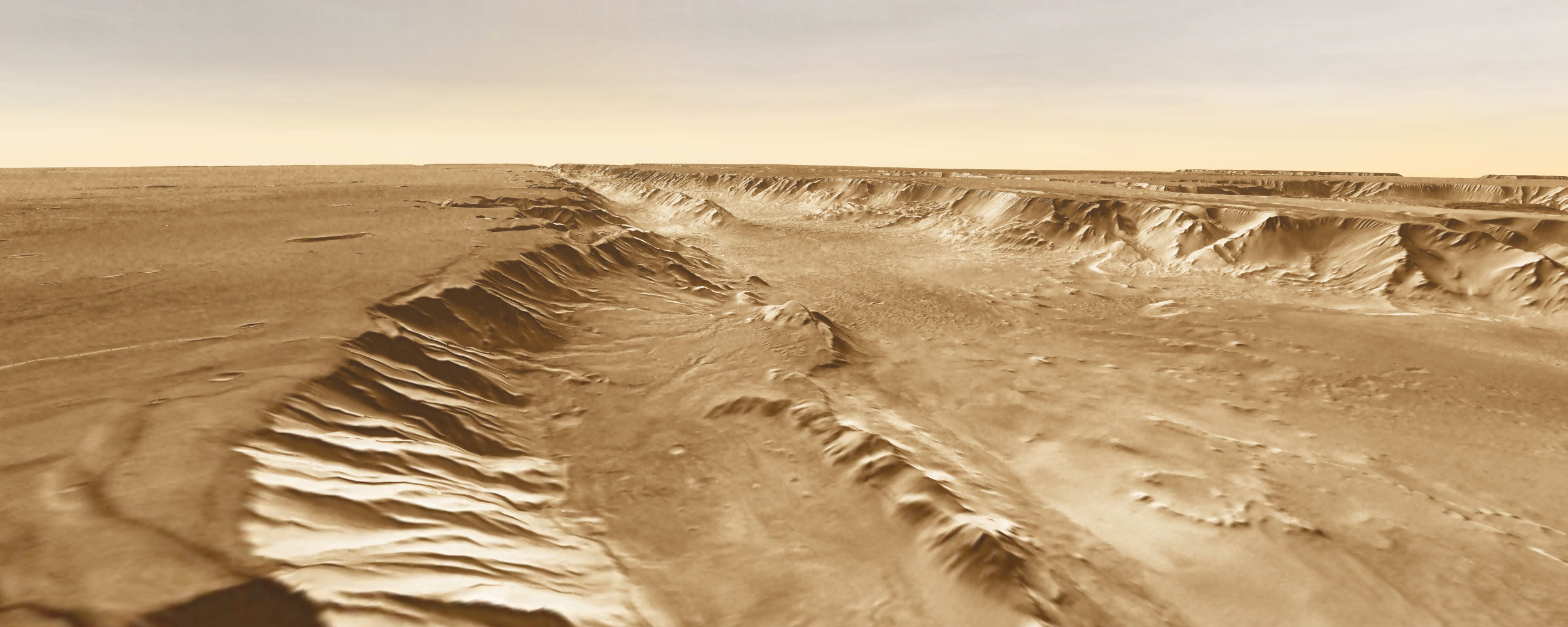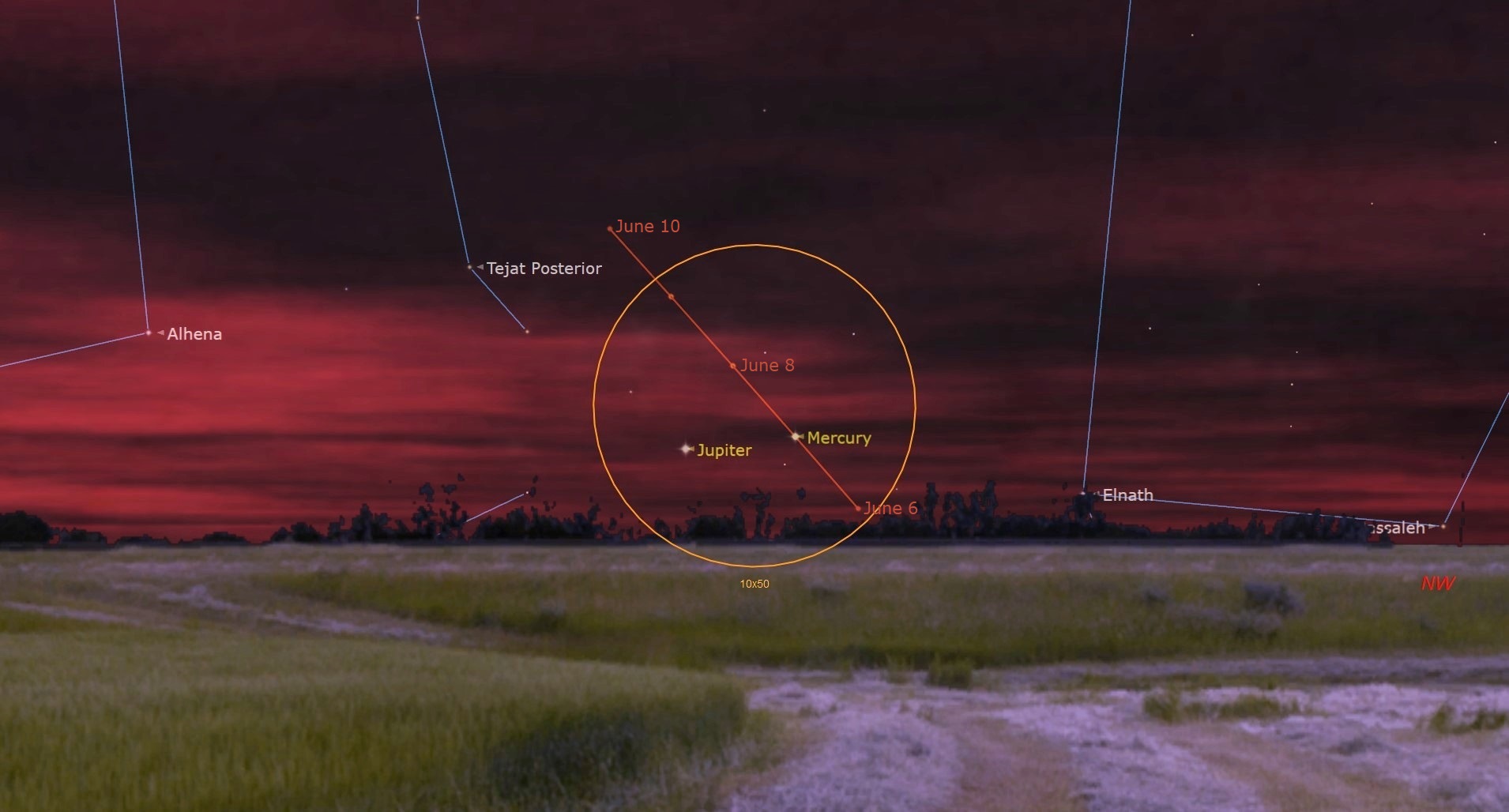Where to Land on Mars: NASA Makes Progress in Quest for 2020 Rover Site

While it's always difficult to choose just one best landing site on Mars, NASA officials say they have made progress on picking a location for the Mars 2020 rover.
In August 2015, NASA reduced the next Red Planet rover's landing zone from an initial list of 54 locations to eight high-priority sites, said Michael Meyer, lead scientist for NASA's Mars Exploration Program, in a statement from the agency. Another workshop will take place in February, and as with other Mars landing site workshops.
NASA is also holding workshops for a possible future human landing site mission, which would take place in the 2030s, if the agency's current schedule holds. [NASA's 2020 Mars Rover in Pictures]
Making the choice
Many missions have landed on Mars, and each one has required a precise landing zone that is selected beforehand; typically, those landing zones are chosen because they support each mission's specific objectives. In the case of Mars 2020, scientists are looking for a spot that could have supported life in the ancient past, according to the statement. Specifically, they are looking for a spot that hosted water, such as along an ancient shoreline.
Once the potential mission landing sites for Mars 2020 are narrowed further, NASA will use high-resolution imagery from the Mars Reconnaissance Orbiter to do some scouting of the potential landing sites. This is being done today for potential human missions to Mars, even though that will be decades away.
In the statement, Meyer also paid tribute to the "spectacular" involvement of the broader science community, which helps decide which sites are best for Mars landings. Last week, he gave an update on the site selection process at the American Geophysical Union's annual meeting in San Francisco, along with Alex Longo (a high school student who has proposed landing sites) and Bethany Ehlmann (a scientist from NASA's Jet Propulsion Laboratory who works on both the Mars Reconnaissance Orbiter and the Curiosity rover).
A workshop in 2015 focused on landing sites for a human Mars mission brought up 47 potential landing sites where NASA would set up a semipermanent base. Crews would then perform exploration in a 60-mile (100-kilometer) radius from that zone. The location will be narrowed with future workshops and reconnaissance, according to the statement.
Get the Space.com Newsletter
Breaking space news, the latest updates on rocket launches, skywatching events and more!
Follow Elizabeth Howell @howellspace, or Space.com @Spacedotcom. We're also on Facebook and Google+. Original article on Space.com.
Join our Space Forums to keep talking space on the latest missions, night sky and more! And if you have a news tip, correction or comment, let us know at: community@space.com.

Elizabeth Howell (she/her), Ph.D., was a staff writer in the spaceflight channel between 2022 and 2024 specializing in Canadian space news. She was contributing writer for Space.com for 10 years from 2012 to 2024. Elizabeth's reporting includes multiple exclusives with the White House, leading world coverage about a lost-and-found space tomato on the International Space Station, witnessing five human spaceflight launches on two continents, flying parabolic, working inside a spacesuit, and participating in a simulated Mars mission. Her latest book, "Why Am I Taller?" (ECW Press, 2022) is co-written with astronaut Dave Williams.
